
Network-based integration of systems genetics data reveals lignocellulosic metabolic pathways
Plant Science Research Weekly, Research0 Comments
/
Eucalypts are fast-growing trees increasingly exploited for pulp, paper, bioenergy and other wood-based products. Using genetics tools and a network-based data integration (NBDI) approach, Mizrachi et al. explore a segregating Eucalyptus hybrid population for genes and pathways underlying biomass / bioenergy…
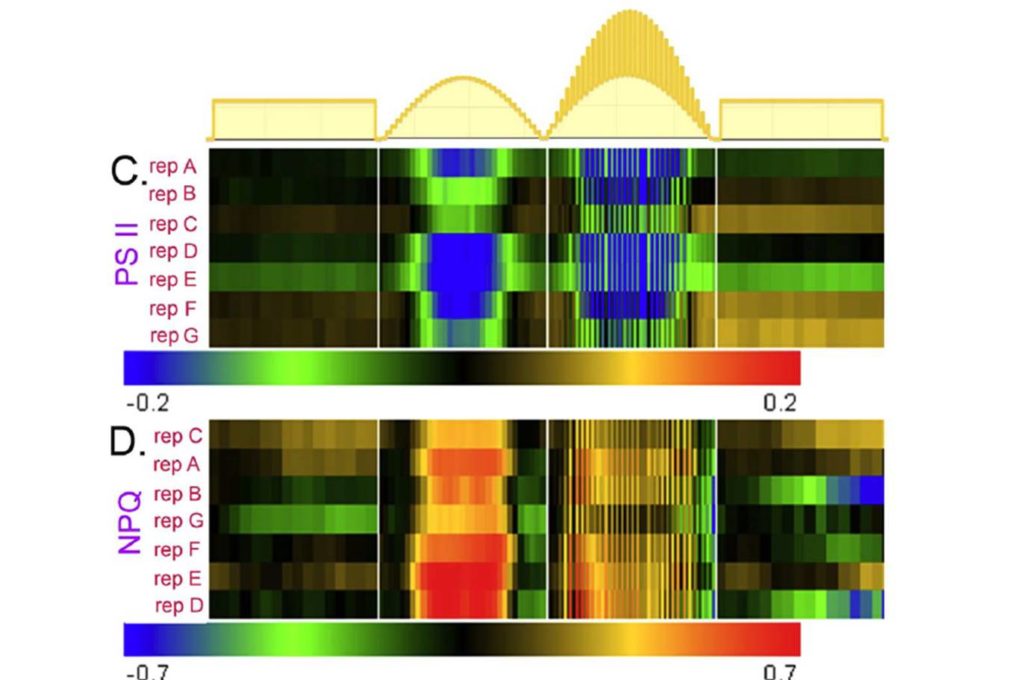
A shadow detector for photosynthesis efficiency ($)
Plant Science Research Weekly, ResearchEfficient photosynthesis demands that plants have the capacity to capture photons when they are scarce, but at the same time not suffer damage from capturing more light energy than they are able to assimilate. To accomplish this, leaves need to be able to differentiate between a steady light level and…
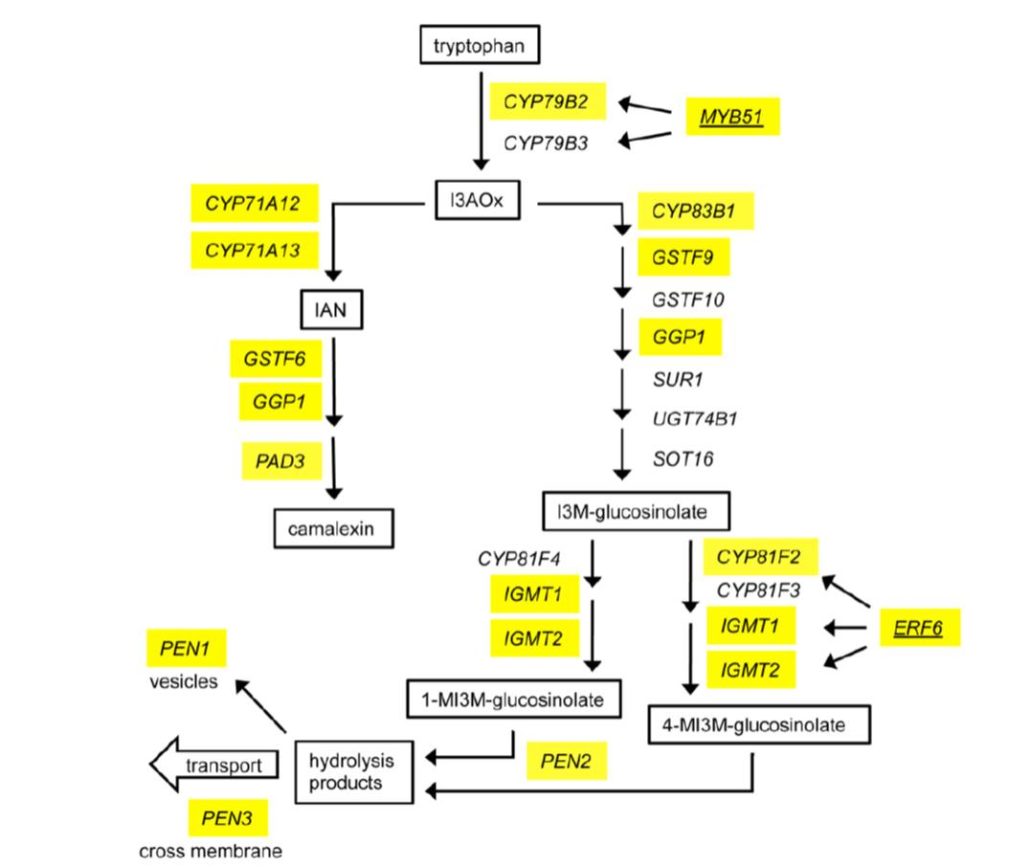
Transcriptional response to microbial pattern conferred by three WRKY transcription factors ($)
Plant Science Research Weekly, ResearchPlants perceive microbial pathogens though cell-surface receptors that recognize conserved microbial patterns such as flagellin. Previous studies have identified the WRKY family of transcription factors as contributors to Microbial-Associated Molecular Pattern (MAMP)-Triggered Immunity (MTI). Birkenbihl…
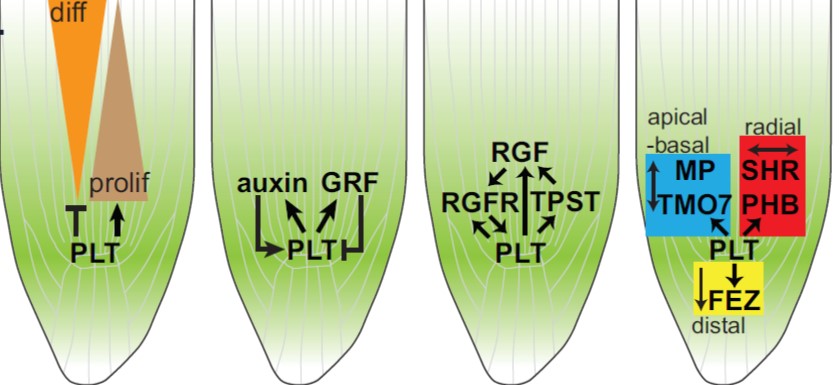
The PLETHORA Gene Regulatory Network Guides Growth and Cell Differentiation in Arabidopsis Roots
Plant Science Research Weekly, Research, The Plant CellDue to plant cells’ shared walls and immobility, cell division, differentiation and expansion must be tightly regulated across space and time. The six members of the PLETHORA (PLT) transcription factor family distribute in gradients through the root tip and are largely responsible for its developmental…

Perspective: Computational Modeling of Auxin: A Foundation for Plant Engineering
Plant Science Research Weekly, ResearchAuxins are a class of phytohormones that regulate many aspects of plant development. Morales-Tapia and Cruz-Ramírez review the current status of the available auxin-driven computational models and discuss plausible integration of these into a single model for plant development. Computational modeling…

Best of 2016: Top Topics in The Plant Cell journal
Blog, Research, Research Blog, The Plant CellWe’ve highlighted some of the Plant Cell papers that were widely shared, liked, blogged, retweeted and otherwise garnered high-levels of attention this year. Perhaps you can use some holiday-season quiet time to catch up on those you missed.
Reviews and Perspectives
Creating order from chaos: epigenome…
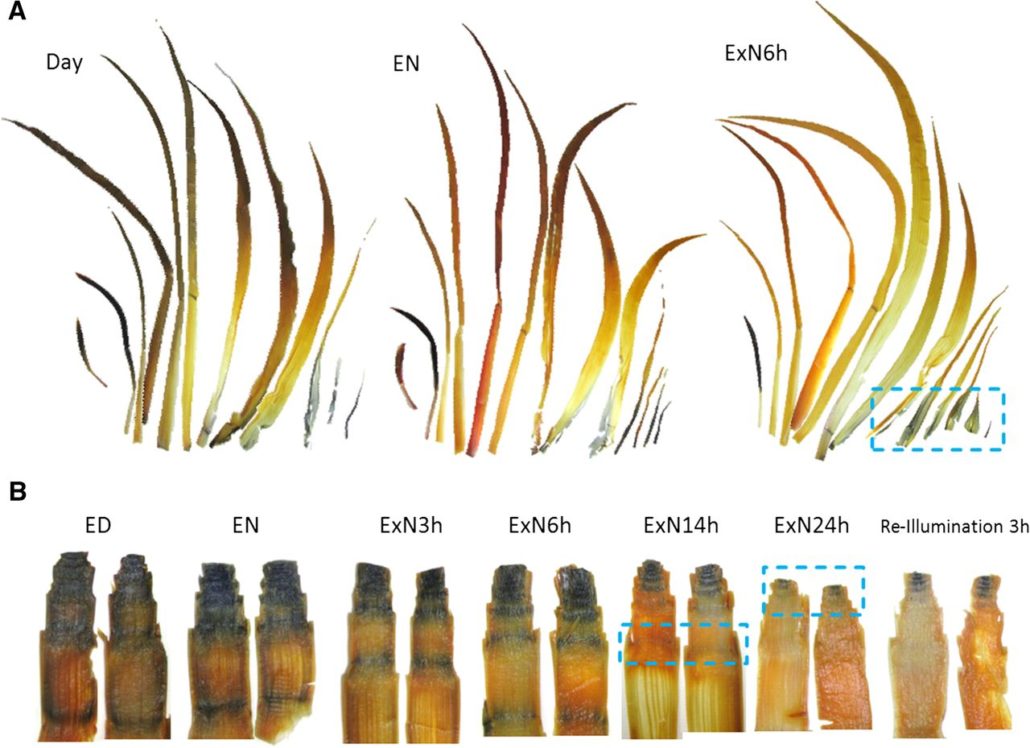
Best of 2016: Top Topics in Plant Physiology jounal
Blog, Research, Research Blog
We’ve highlighted some of the Plant Physiology papers that were widely shared, liked, blogged, retweeted and otherwise garnered high-levels of attention this year. Perhaps you can use some of that holiday-season quiet time to catch up on those you missed.
The breakaway attention-getter from Plant…
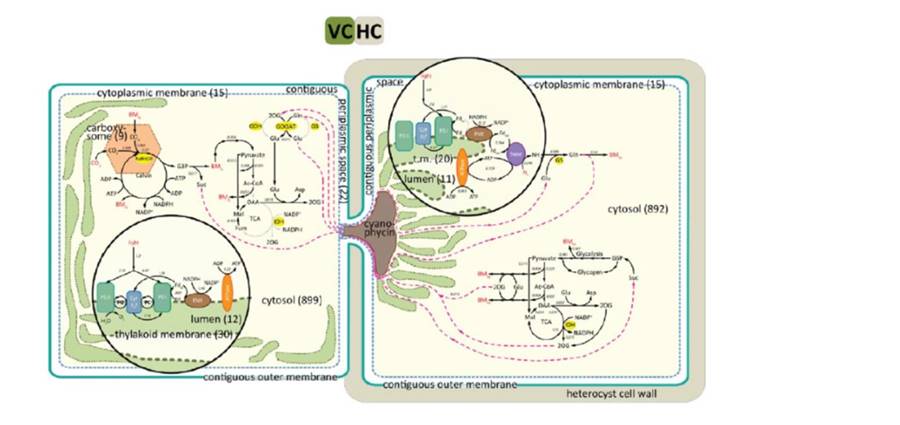
Two-cell metabolism in multicellular cyanobacteria ($)
Plant Science Research Weekly, Research
Nitrogen-fixing cyanobacteria such as Anabaena sp. PCC 7120 have the challenge of supporting nitrogenase, an enzyme that is highly sensitive to oxygen, and simultaneously photosynthesis, an oxygen-producing set of reactions. They accomplish this by segregating these reactions into two cells, heterocysts…
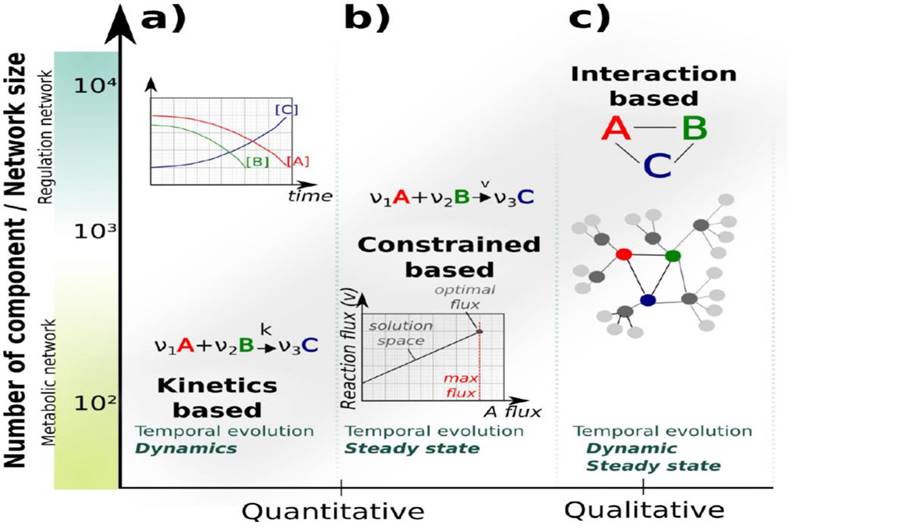
Review: Advances on plant-pathogen interactions from molecular through systems biology perspectives ($)
Plant Science Research Weekly, Research
In an interesting and accessible review, Peyraud et al. provide a big-picture view of how systems biology can be used to address plant-pathogen interactions. They describe the core interactions scaling from molecular to ecosystem / environment, and describe the different types of models that can…

